Although this small molly had been known since 1939, and studied in aquariums since 1957, its official scientific naming did not occur until 1975. It is the smallest member of the True Mollies (Mollienesia), which are currently a subgenus to Poecilia, but may regain full generic status in the future.
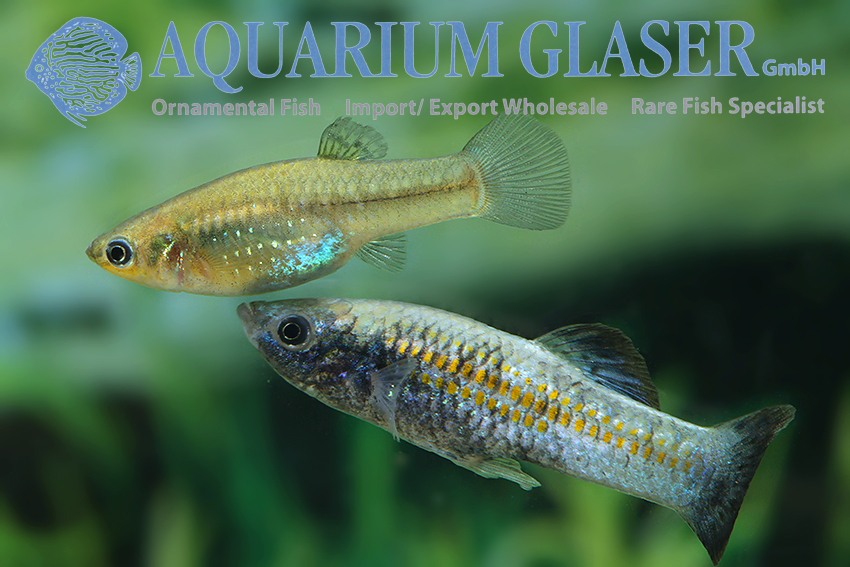
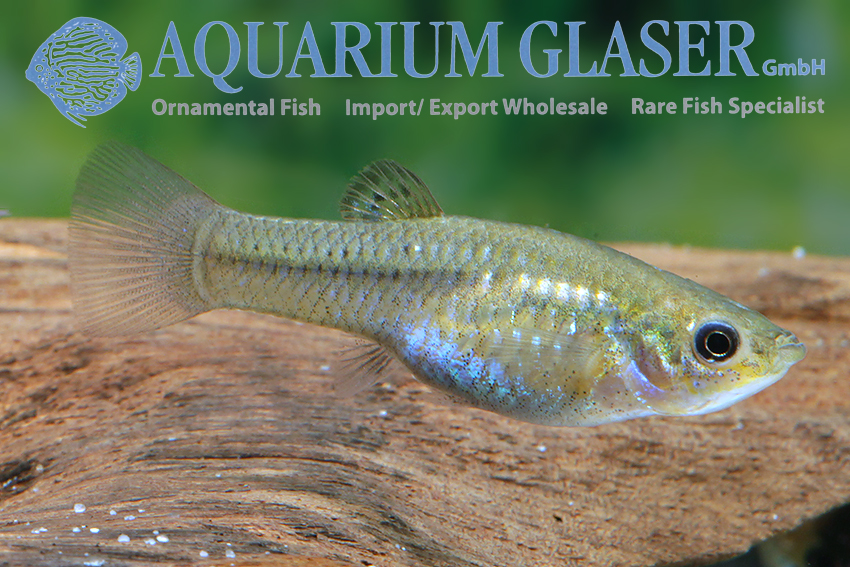
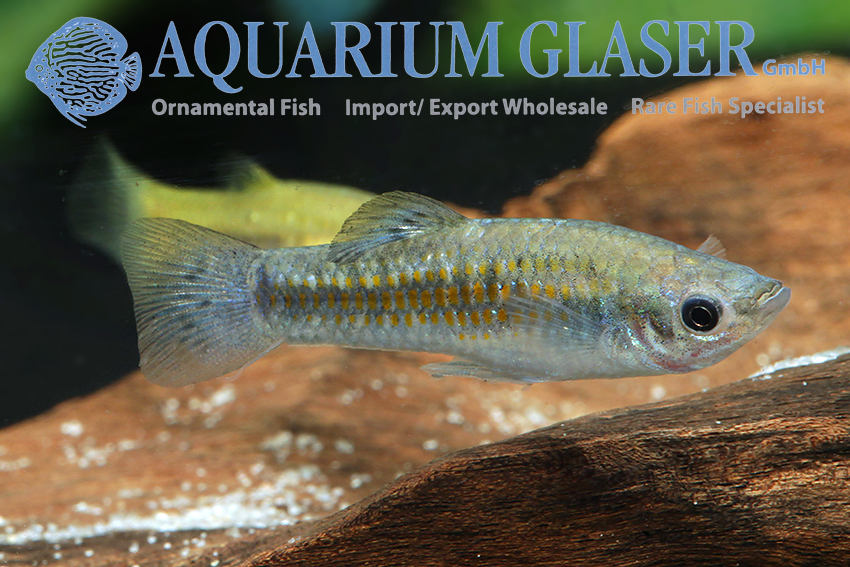
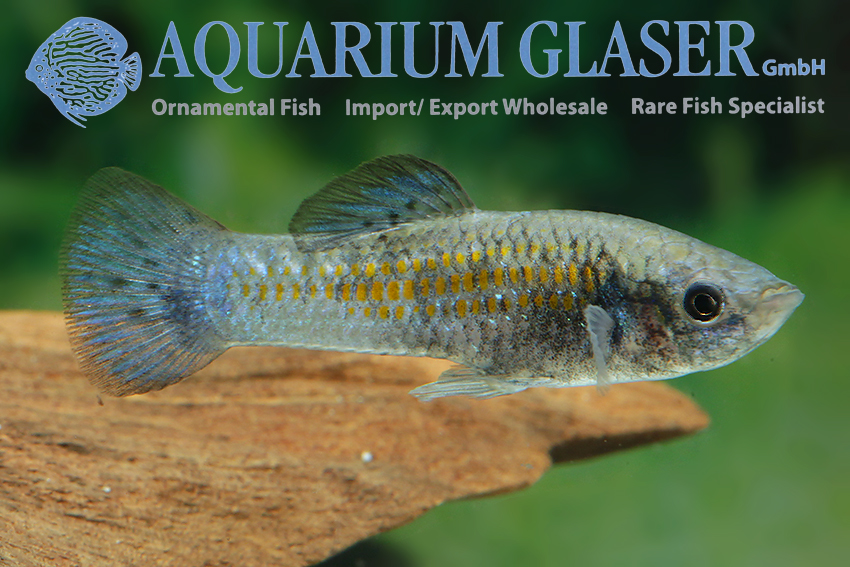
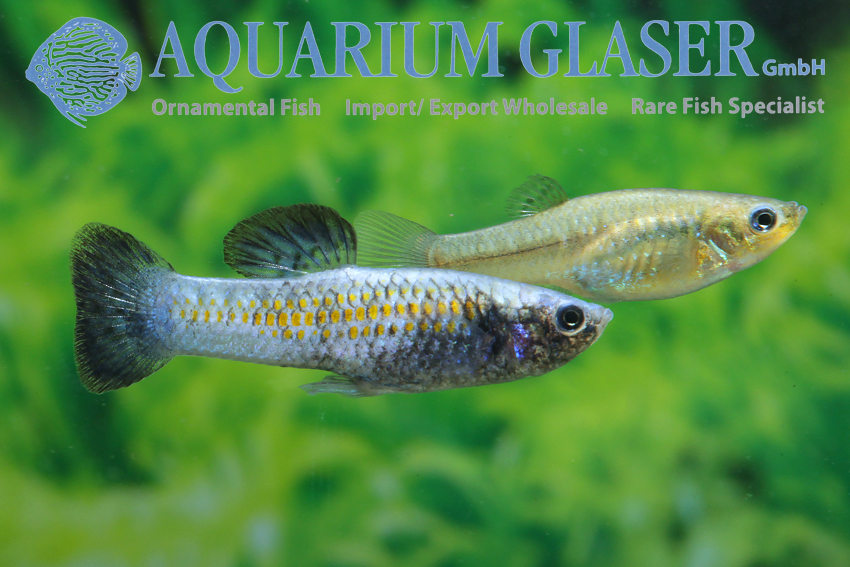
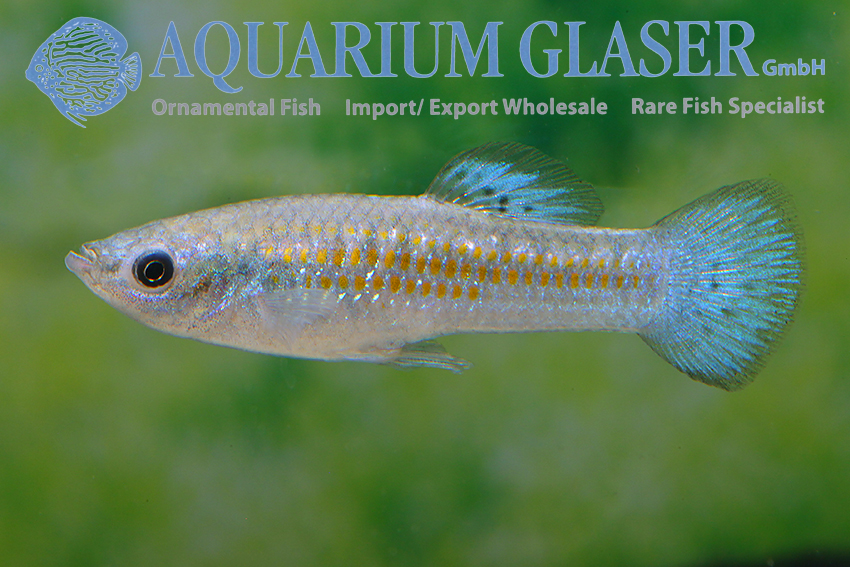
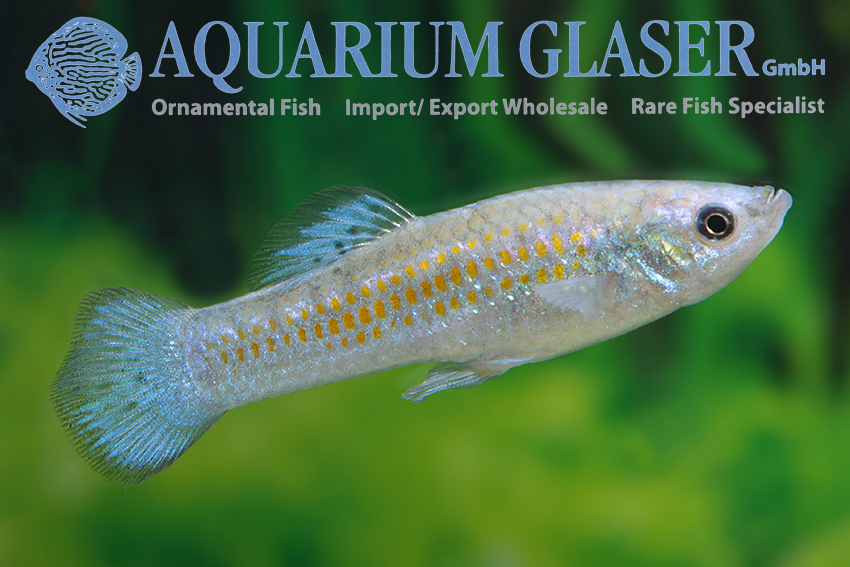
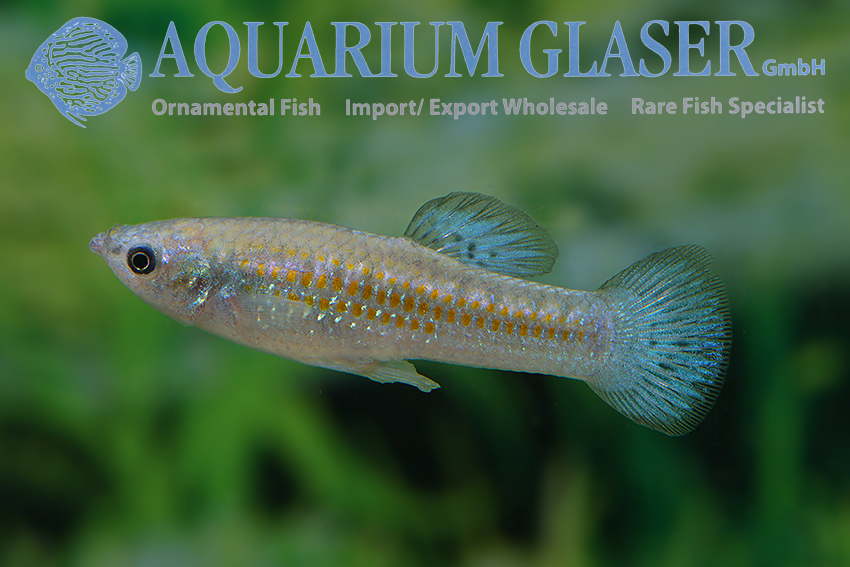
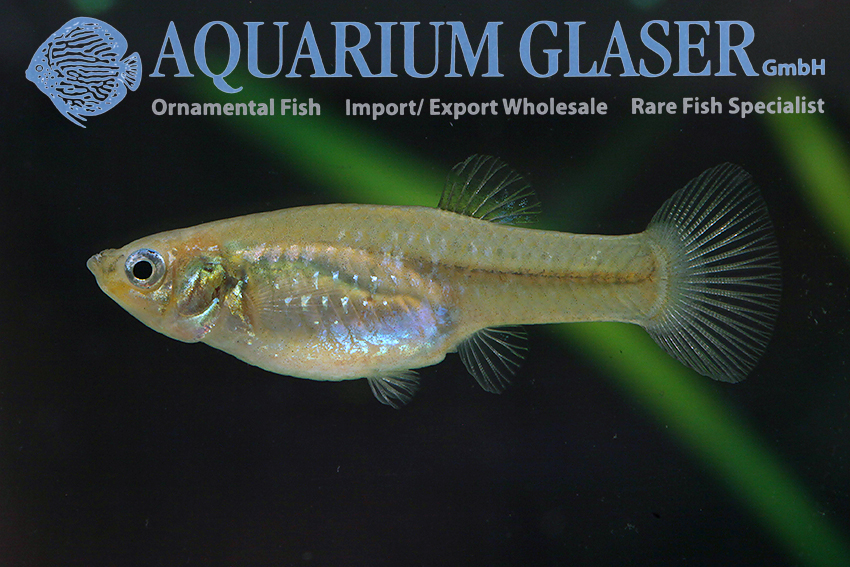
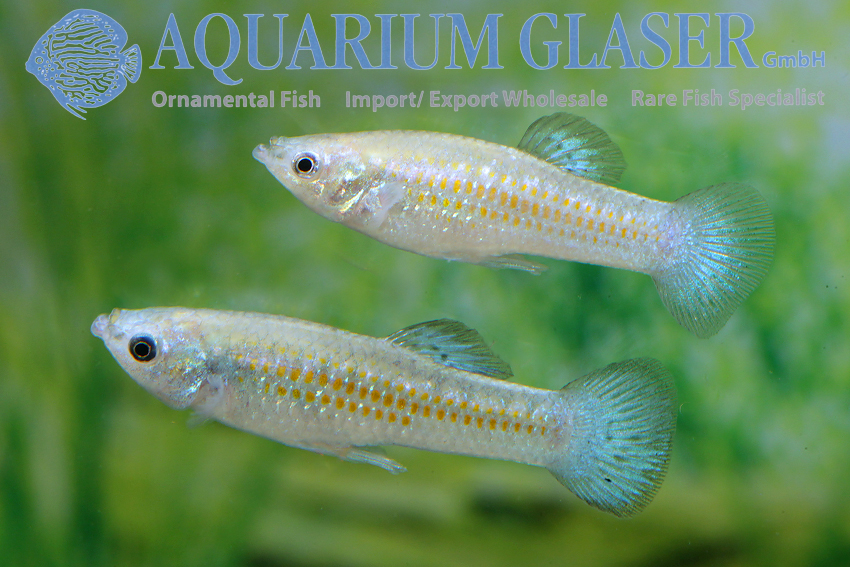
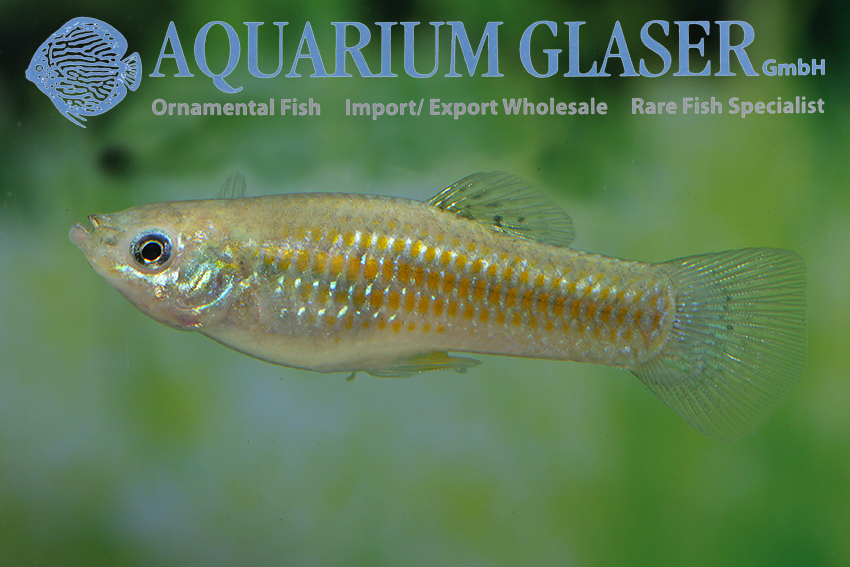
In the wild, the dwarf molly lives in the south of the state of Jalisco, Mexico. Here it has been known only from three smaller, isolated river systems: Rio Cuetzmala (or Cuixmala), Rio Purificacion, and a northern tributary to Rio Cihuatlan (or Chacala). This information is still based on Miller’s 1975 data; no scientific research appears to have been conducted on free-living populations since then. The small range unfortunately makes the species vulnerable to environmental catastrophes.
Today, dwarf mollies are slightly larger than their ancestors that entered the aquarium in the 1950s. We obtain our animals as offspring from Southeast Asia. The alpha male photographed for this post has a total length of just over 4 cm. Wild-caught specimens were no more than 3 cm long. This is a consequence of living well in the aquarium, where predators, hunger, disease and bad weather periods no longer have a significant impact on the fish, quite unlike in nature, where 99.9% of the animals perish before reaching sexual maturity.
Care and breeding of the dwarf mollies are simple and roughly correspond to the guppy. You should always keep several males and females mixed in a group. They are not schooling fish in the true sense, but otherwise the hierarchy can not develop and one misses the fascinating observation that the dominant male – the so-called alpha animal – changes color to an almost black fish in a fraction of a second.
For our customers: the animals have code 280822 on our stocklist. Please note that we only supply wholesale.
Text & photos: Frank Schäfer




